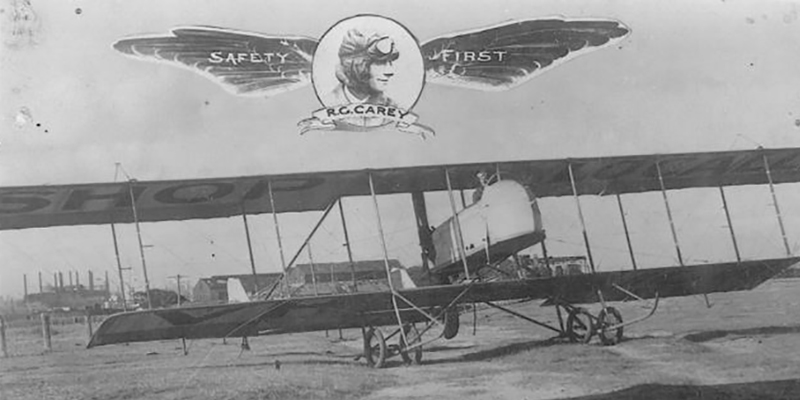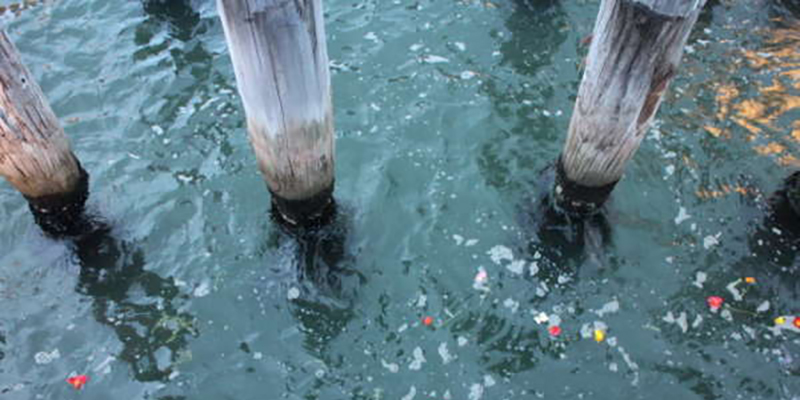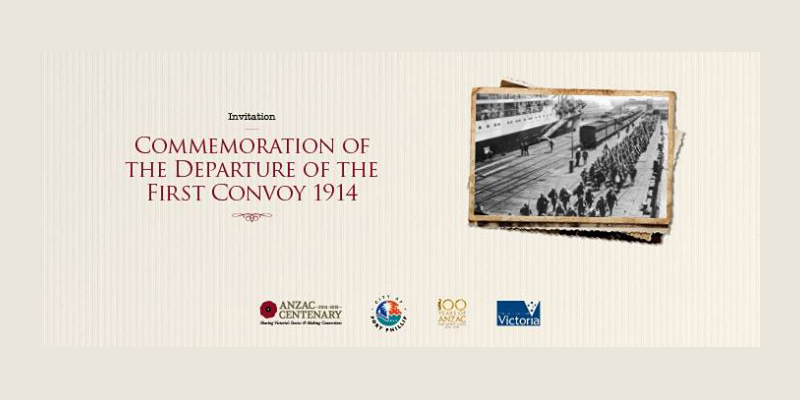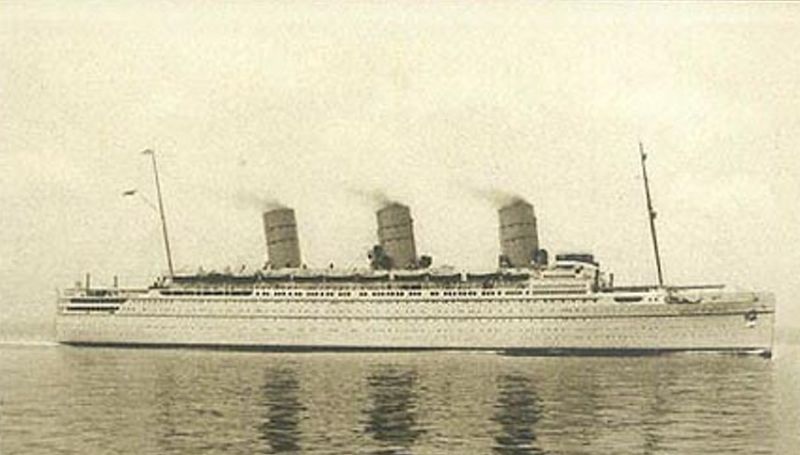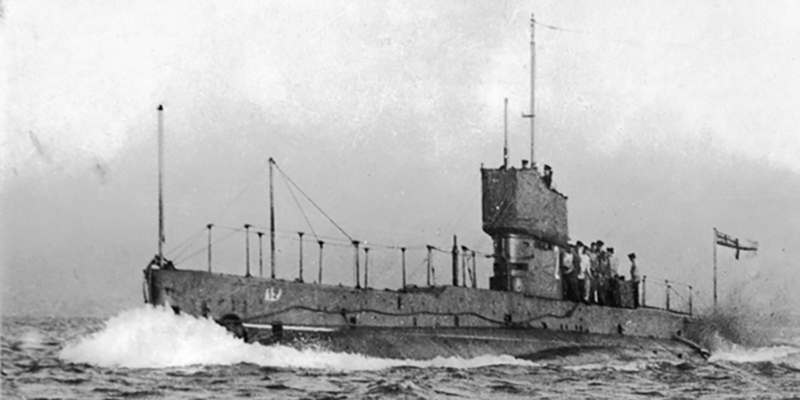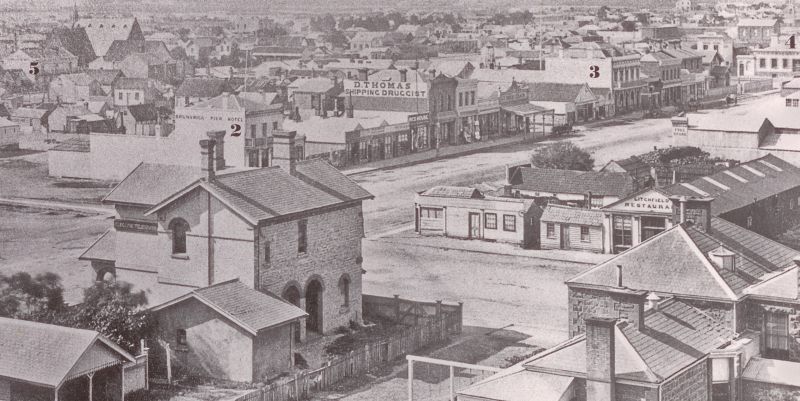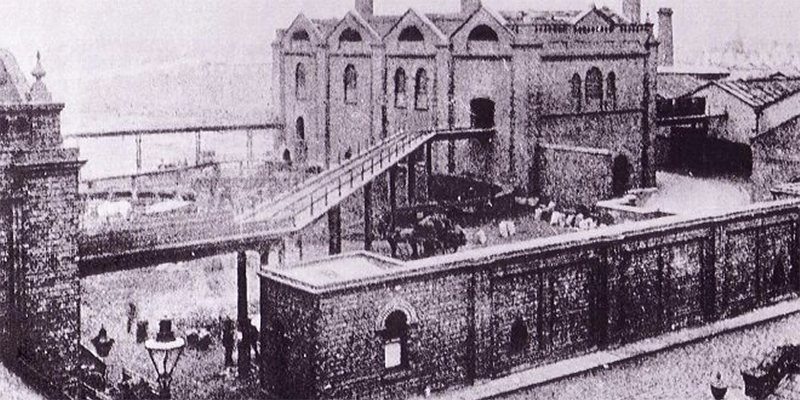The aerodromes of Fishermans Bend and Port Melbourne are no more. Graham Street Aerodrome disappeared under industrial buildings, Garden City covers Port Melbourne Aerodrome, Coode Island Aerodrome is part of Swanson Dock, while roads fragment the site of Fishermens Bend Aerodrome.
Aviation first arrived at the Bend when aviation pioneer R Graham Carey, with financial backing from the Mayor of…
